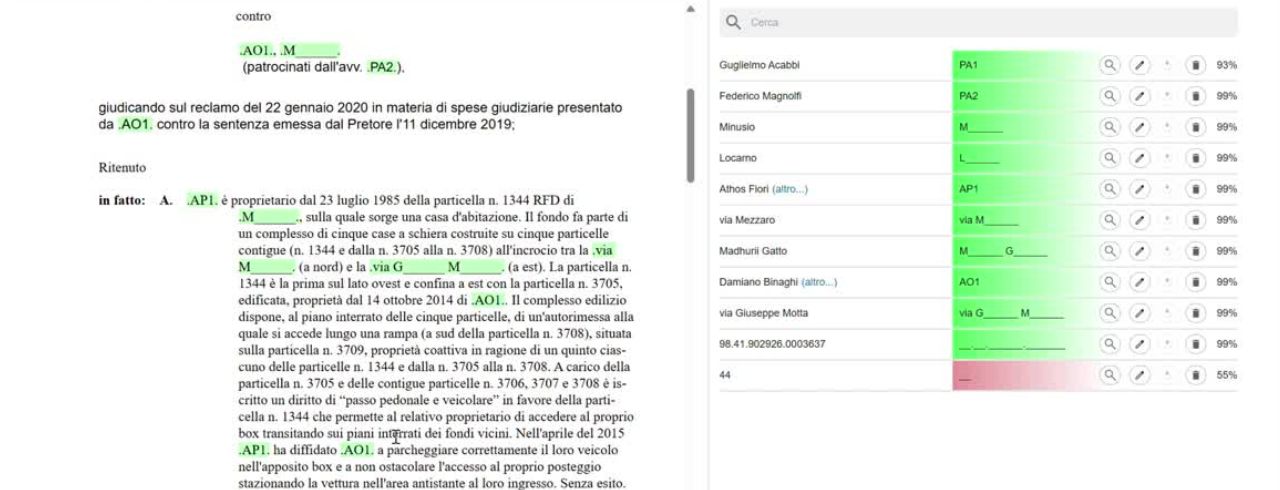
Edge AI for Smart Cities: object detection for real-world road scenarios
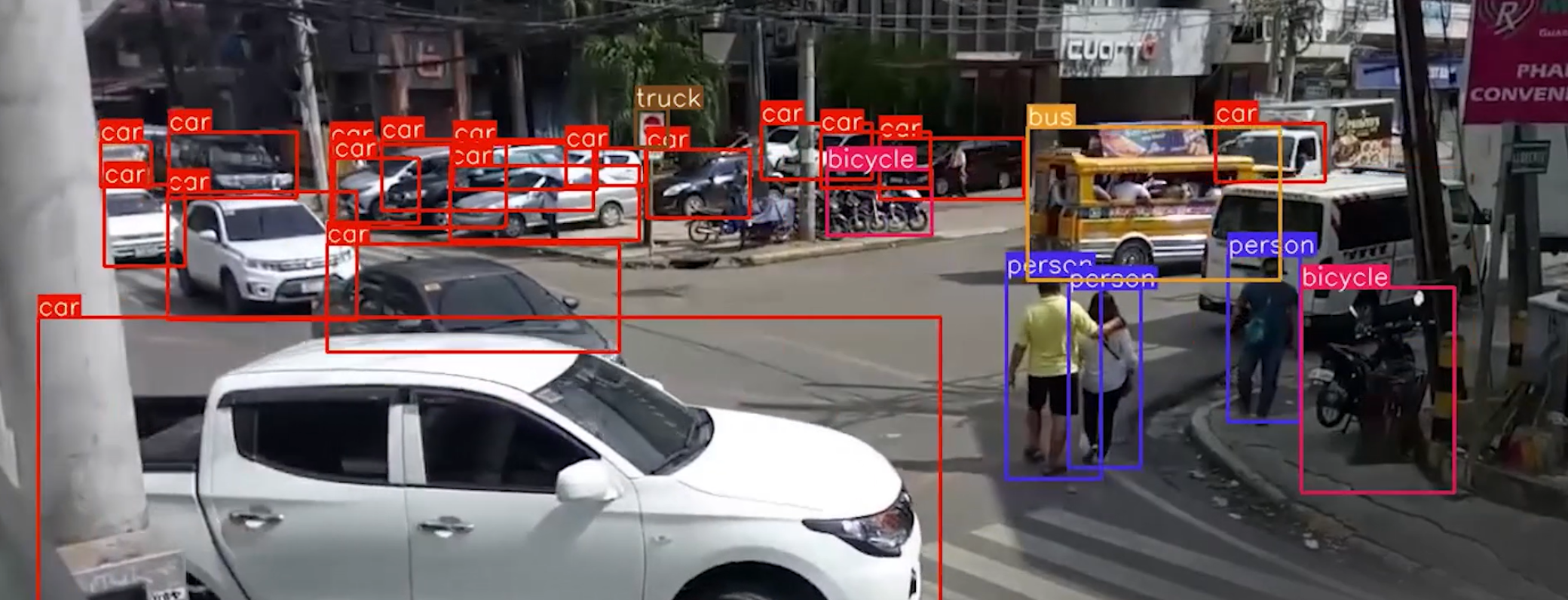
"With intelligence embedded at the edge, Artificialy solution transformed the camera from a passive sensor into an active observer. It doesn't just record, it understands."
Challenge
A major tech manufacturer was preparing to launch a new intelligent camera for Smart Cities use cases such as traffic management and pedestrian detection. The challenge was twofold:
Enhance object recognition accuracy on road elements (e.g., traffic lights, buses, pedestrians), even in poor lighting or weather
Fit a robust AI model within the tight hardware constraints of an 8MB memory footprint
The legacy MobileNet model, though compact, lacked sufficient stability and detection quality in real-world road conditions. A smarter solution was needed, one that could run locally and perform reliably.
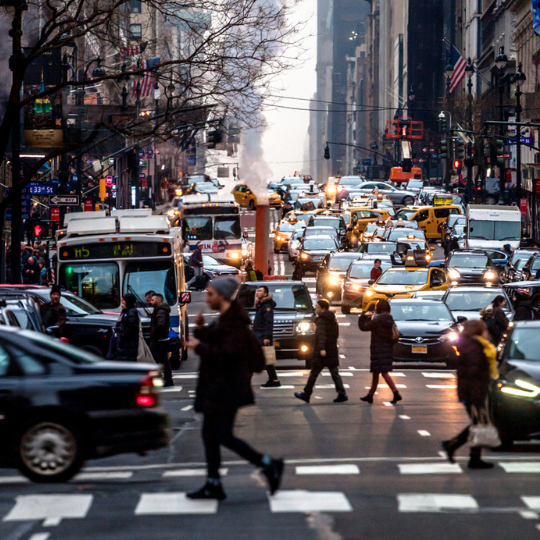
With the expansion of smart cities, technology providers in imaging and mobility are integrating intelligent systems at the edge. Their mission: enable safer, more efficient urban environments through real-time data and autonomous decision-making.
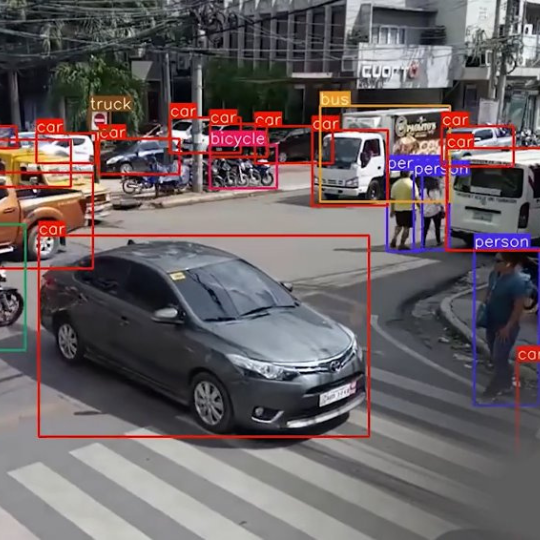
Our AI Solution
We designed a custom, YOLO-based object detection system optimized for the client's smart camera. The model was developed in TensorFlow and engineered to meet the exact memory and performance constraints of the target device.
Key innovations included:
Pruning techniques to shrink the model size from 6M to 4M parameters
Tracking algorithms for smoother object recognition across video frames
Testing under varied weather/light conditions to ensure robustness
The result is an AI model that runs directly on the device, transforming raw video into actionable insights, no external compute or connectivity required. The data is then streamed to a central system for further processing.
Results
The upgraded AI vision system allowed the client to move confidently from prototype to real-world deployment in a major European capital.
Model reduced by 33% in size without compromising performance
Achieved greater accuracy than previous MobileNet setup
Verified functionality in poor weather and lighting conditions
Successful integration and testing in Rome’s smart infrastructure context
With this breakthrough, the path is clear for smarter, safer, and more responsive urban environments.
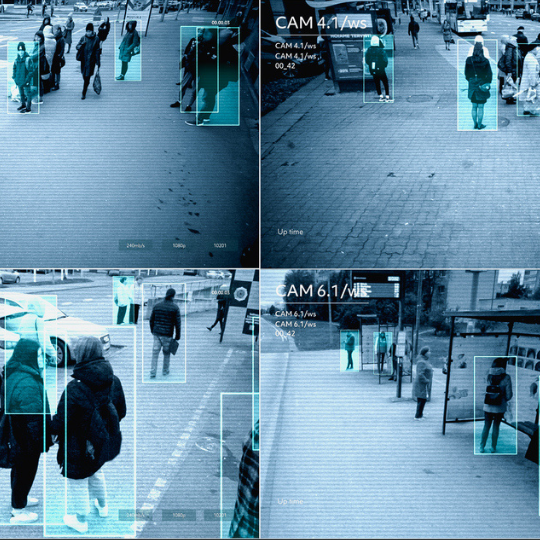
You may also be interested in

AbaClik: your AI-powered voice assistant for back office operations
